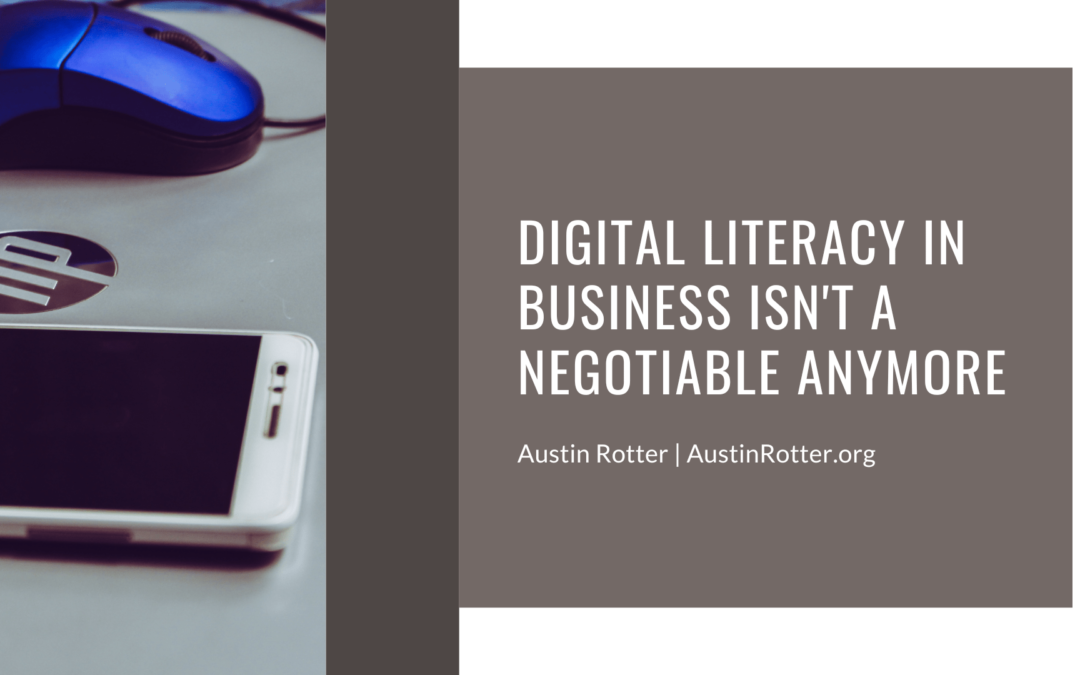Today, digital literacy is a skill that people need to have to thrive in a more digital society. This is because the increasing number of people using mobile devices and online platforms has made accessing information easier.
The concept of digital literacy includes a broad understanding of various digital tools that can help people work from anywhere. Some of these include real-time collaborative software and tools that allow people to work from anywhere.
Digital literacy has become a mindset, not a functional requirement. In today’s workplace, employees are expected to adopt new technology as they must adapt to the changes brought about by it. Digital skills are not only required for knowledge workers. They are also becoming widely applicable to everyone.
Importance of Digital Literacy
The demand for digital skills has been growing due to the increasing number of jobs and the labor market becoming more digitized. What was considered a bonus has now become a critical part of every role.
Despite the increasing demand for digital skills, it is still not enough to simply learn all the software that’s out there to get a job. People need to be confident in their ability to use new technologies and adapt to the changes they bring.
In today’s workplace, employees must assume that they will be able to keep up with the changes brought about by digital skills. The expectations of new employees are either that they have the digital skills to perform the job or that they will learn them quickly.
What’s Next?
Despite the lack of awareness about the term digital literacy, many people are already reasonably digital-literate. The ubiquity of technology has made it easy for people to send and receive messages and photos, which also translates into workplace skills related to technology.
Even if workers feel they are not sufficiently equipped to perform their job, there are still ways to improve their digital skills. Companies can sometimes provide employees with training to help them bridge the digital skills gap. According to a study, employers are more willing to train and upskill candidates due to the shortage of workers.
One of the most effective ways to improve an employee’s digital skills is by implementing a trial-and-error approach. This method can help people develop digital literacy without enrolling in costly training courses.
Conclusion
Although most workers don’t need many computer skills to perform their jobs, digital literacy is still a rising requirement. This means that people who can keep up with the changes brought about by technology will continue to be valued in the future.
